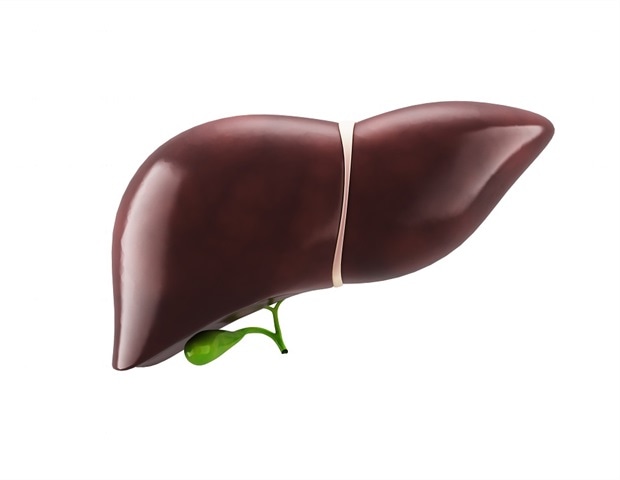Viatris Named to Forbes’ Annual List of the World’s Best Employers for the Fifth Year in a Row
PITTSBURGH, Oct. 8, 2025 /PRNewswire/ — Viatris Inc. (Nasdaq: VTRS), a global healthcare company, today announced that it has been named to Forbes’ list of World’s Best Employers 2025. This is the fifth year in a row that Viatris has received this recognition, which is presented by Forbes and Statista, the world-leading statistics portal and industry ranking provider.
“Being included once again on the Forbes’ World’s Best Employers 2025 list is a great way to mark our company’s upcoming fifth anniversary and a testament to our dedicated and passionate colleagues who help foster a workplace that prioritizes wellbeing, promotes inclusivity, supports learning and development, and empowers high performance,” said Andrew Enrietti, Chief Administrative and Transformation Officer, Viatris. “Together, we’ve built an environment that makes Viatris an employer of choice — today and for the future.”
The World’s Best Employers were chosen through an independent survey covering a broad sample of more than 300,000 participants across 50 countries. Respondents worldwide rated their “willingness to recommend” their employer on a 1-to-10 scale and had the chance to evaluate their organization across multiple aspects of employment. They were also able to provide feedback on both current and former employers. Additionally, participants could share their public perception of other companies operating within their country and industry. In total, 900 companies were included in the ranking.
To learn more about Viatris’ culture that enables colleagues to learn, grow and make an impact, please visit its careers site. You can also learn more by reading its 2024 Sustainability Report, which outlines the company’s 2024 achievements and progress across key areas including Access and Global Health, Our People, the Environment and the Community.
Being named to Forbes’ list of World’s Best Employers 2025 follows Viatris’ inclusion on TIME’s list of World’s Most Sustainable Companies 2024 and Forbes’ list of World’s Top Companies for Women 2024. The Company has also received Great Place to Work® certifications and Top Employers certifications in multiple countries, among others.
About Viatris
Viatris Inc. (Nasdaq: VTRS) is a global healthcare company uniquely positioned to bridge the traditional divide between generics and brands, combining the best of both to more holistically address healthcare needs globally. With a mission to empower people worldwide to live healthier at every stage of life, we provide access at scale, currently supplying high-quality medicines to approximately 1 billion patients around the world annually and touching all of life’s moments, from birth to the end of life, acute conditions to chronic diseases. With our exceptionally extensive and diverse portfolio of medicines, a one-of-a-kind global supply chain designed to reach more people when and where they need them, and the scientific expertise to address some of the world’s most enduring health challenges, access takes on deep meaning at Viatris. We are headquartered in the U.S., with global centers in Pittsburgh, Shanghai and Hyderabad, India. Learn more at viatris.com and investor.viatris.com, and connect with us on LinkedIn, Instagram, YouTube and X .
SOURCE Viatris Inc.
For further information: MEDIA: +1.724.514.1968, Communications@viatris.com, Jennifer Mauer, Jennifer.Mauer@viatris.com, Matthew Klein, Matthew.Klein@viatris.com; or INVESTORS: +1.412.707.2866, InvestorRelations@viatris.com, Bill Szablewski, William.Szablewski@viatris.com








